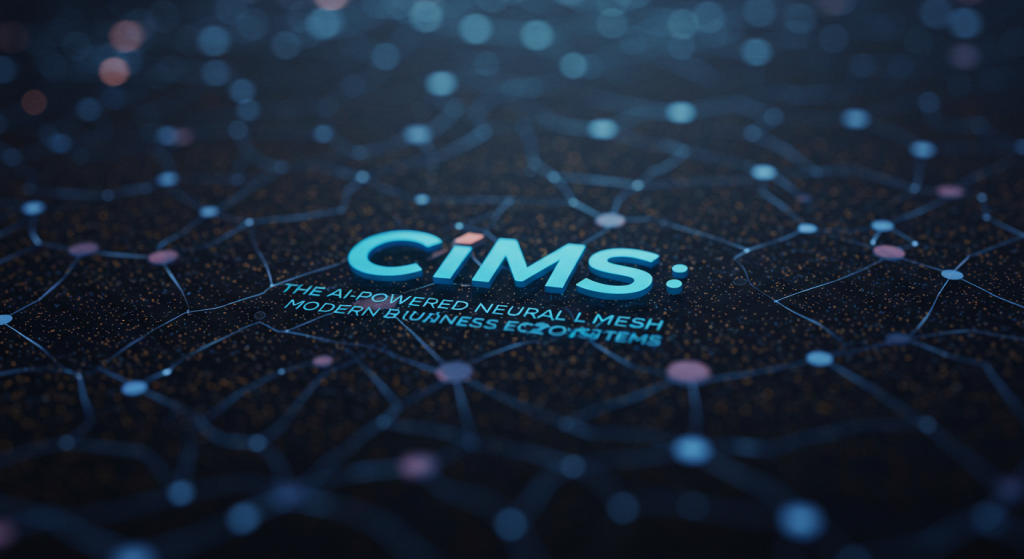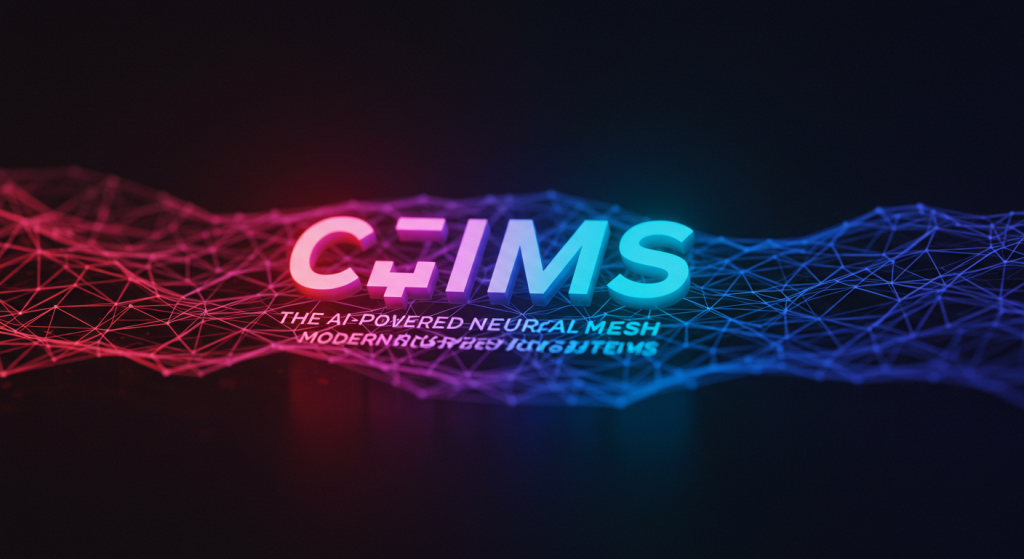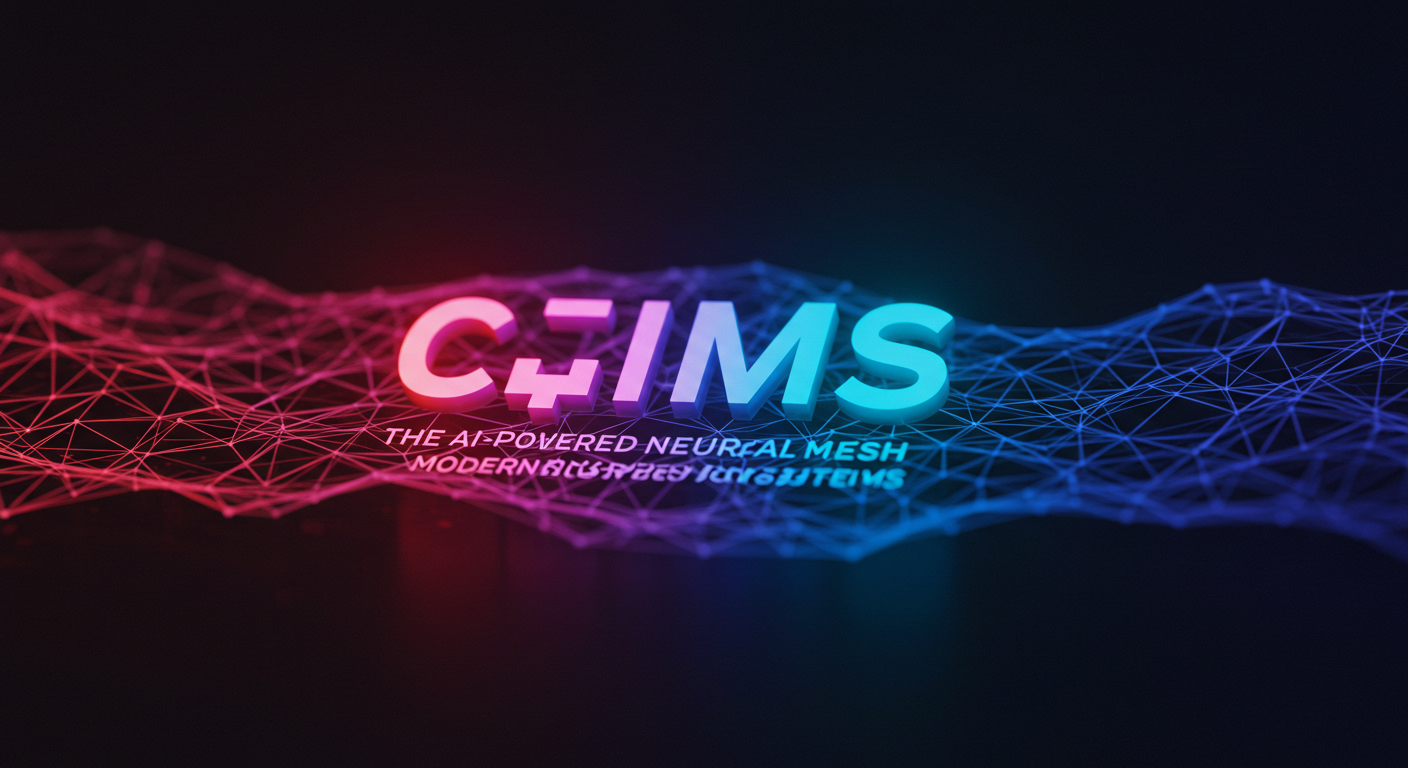Table of Contents
Digital landscape, businesses are constantly seeking innovative solutions to stay competitive. Enter CÑIMS, a groundbreaking AI-powered operating system that’s transforming how modern enterprises operate.
This comprehensive framework serves as the neural mesh connecting various aspects of business operations, from supply chains to decision-making processes, creating a seamlessly integrated ecosystem where information flows effortlessly and intelligence guides every action.
The Evolution of Business Intelligence Systems
Traditional business systems have long focused on collecting data about past events, requiring human interpretation before action could be taken. This reactive approach creates inevitable delays between information gathering and decision implementation.
CÑIMS represents a fundamental paradigm shift, moving organizations from a “detect and react” model to an “anticipate and act” framework that leverages real-time data analysis for proactive business management.
The Core Architecture of CÑIMS

At its foundation, CÑIMS combines neural-symbolic AI technology with advanced data processing capabilities. Unlike conventional systems that operate in isolation, it creates an interconnected network where data, analytics, and decision-making processes work in harmony.
The system’s name—Coordinated Networked Intelligent Management System—perfectly captures its essence as a unified approach to business operations.
The Four Pillars of the CÑIMS Framework
The CÑIMS architecture stands on four essential components that work together to create a truly intelligent business ecosystem:
Dynamic Data Ingestion: The System’s Sensory Network
Much like human senses gather information from the environment, continuously absorbs vast amounts of data from diverse sources. This includes everything from IoT sensors and mobile apps to traditional ERP systems, CRM platforms, and even external sources like social media feeds, weather patterns, and geopolitical events. This continuous, high-velocity data intake provides the raw material for the system’s intelligence.
Machine Reasoning Core: The Cognitive Engine
The heart of CÑIMS is its Machine Reasoning Core, which combines the pattern recognition power of neural networks with logical reasoning capabilities.
This integration enables the system to not just identify correlations in data but understand why things happen and reason through complex scenarios. The core builds a contextual understanding that informs its decision-making process.
Also Read: Cracked REAPER DAW Software for Linux: What You Need to Know
Distributed Intelligence Grid: The Neural Network
Unlike centralized systems of the past, it deploys intelligence throughout the organization via a distributed grid. This approach places computational power where it’s needed most—at the edge, closer to data sources.
The microservices architecture enhances flexibility and resilience, while decentralized databases and blockchain-stamped audit trails ensure data integrity across the network.
Autonomous Action Framework: Beyond Passive Reporting
What truly sets CÑIMS apart is its ability to move beyond data visualization to direct action. The Autonomous Action Framework can trigger specific responses based on its analysis—whether adjusting production schedules, rerouting shipments, or initiating maintenance procedures without human intervention. This capability transforms business operations from manual to autonomous.
Transformative Business Benefits of CÑIMS Implementation

Organizations implementing CÑIMS have reported significant advantages across multiple business dimensions:
Enhanced Operational Efficiency Through Automation
By automating routine decision-making processes, drastically reduces the need for manual intervention in day-to-day operations.
This automation extends beyond simple tasks to complex workflows that previously required significant human oversight, freeing personnel to focus on strategic initiatives rather than operational minutiae.
Predictive Capabilities for Proactive Management
Perhaps the most valuable aspect of CÑIMS is its ability to anticipate future trends and challenges. Using historical data patterns and real-time inputs, the system can forecast potential disruptions, market shifts, or operational bottlenecks before they occur, allowing businesses to take preventative measures rather than reactive ones.
Improved Resource Allocation and Cost Optimization
The intelligent analysis capabilities of enable more precise resource allocation across the organization. From inventory management to staff scheduling, the system identifies inefficiencies and recommends optimal distribution of resources, often resulting in significant cost savings and improved operational performance.
Seamless Integration Across Business Functions
CÑIMS breaks down traditional silos between departments by creating a unified information environment. Marketing insights automatically inform production planning; supply chain disruptions trigger immediate purchasing adjustments; customer feedback directly influences product development. This integration creates a truly responsive organization.
Real-World Applications Across Industries
The versatility of CÑIMS makes it applicable across diverse sectors, with early adopters already reporting transformative results:
Supply Chain Optimization and Logistics
A Latin American agri business uses CÑIMS to monitor crop health through drone footage, weather data, and soil sensors. The system automatically reroutes shipments based on real-time conditions, coordinates customs clearance, and optimizes distribution pathways, resulting in fresher produce and lower transportation costs.
Healthcare Resource Management
Several hospital networks have been implemented to manage limited ICU resources, predict patient surges, reallocate staff, and order medical supplies. During crisis situations, the system has proven invaluable in optimizing critical care resources and improving patient outcomes through predictive planning.
Financial Risk Assessment and Management
Banking institutions leverage to monitor economic indicators, adjust portfolio allocations in real-time, flag potentially risky transactions, and prevent fraud. The system’s ability to process vast amounts of financial data and identify subtle patterns has proven particularly valuable in volatile markets.
Manufacturing Process Optimization
Smart factories equipped with CÑIMS technology have reported significant improvements in production efficiency. The system optimizes equipment usage, predicts maintenance needs before failures occur, and adjusts production schedules based on supply chain conditions and market demand fluctuations.
Implementation Challenges and Considerations

While the benefits of CÑIMS are substantial, organizations must navigate several challenges during implementation:
Data Quality and Integration Requirements
The effectiveness depends heavily on data quality and accessibility. Organizations must invest in robust data governance frameworks and integration capabilities to ensure the system has accurate, timely information for decision-making. Poor data quality can significantly undermine system performance.
Change Management and Organizational Adaptation
The shift toward an AI-augmented operation requires significant cultural adaptation. Employees must learn to work alongside intelligent systems, trusting algorithmic recommendations while maintaining appropriate oversight. This transition demands thoughtful change management and comprehensive training programs.
Security and Compliance Considerations
With its vast data collection and processing capabilities, implementations must address robust security requirements and regulatory compliance needs. Organizations must implement end-to-end encryption, biometric access controls, and self-healing networks to protect sensitive business information.
The Future Landscape of Intelligent Business Systems
As CÑIMS technology continues to evolve, several trends are shaping its future development:
Human-AI Collaborative Frameworks
Rather than replacing human workers, next-generation platforms focus on augmenting human capabilities. These collaborative frameworks combine machine precision with human creativity and ethical judgment, creating partnerships that leverage the strengths of both.
Integration with Emerging Technologies
Forward-thinking organizations are exploring integration between emerging technologies like augmented reality interfaces, quantum computing for complex simulations, and even early brain-computer interfaces for more intuitive human-system interaction.
Ethical AI Governance
As autonomous decision-making capabilities expand, the importance of ethical AI governance frameworks increases. Organizations implementing CÑIMS are developing robust oversight mechanisms to ensure algorithmic decisions align with human values and organizational principles.
Final Thoughts
CÑIMS represents a fundamental transformation in how businesses operate—moving from reactive, human-centric decision-making to proactive, intelligence-driven operations.
Organizations that successfully implement gain not just operational efficiency but also competitive advantage through enhanced agility, predictive capabilities, and resource optimization.
As we move deeper into the era of intelligent business systems, it stands at the forefront—not just as a technology platform but as a new paradigm for organizational structure.
By embracing this neural mesh approach to business operations, forward-thinking companies are positioning themselves to thrive amidst complexity and change in an increasingly unpredictable business environment.
For business leaders seeking transformation in their operations, it offers not just incremental improvement but a revolutionary approach to harnessing the full power of data and artificial intelligence across the entire enterprise ecosystem.
FAQs
What exactly is CÑIMS and how does it differ from traditional business systems?
Answer: CÑIMS (Coordinated Networked Intelligent Management System) is an AI-powered operating system that connects all business aspects in real-time. Unlike traditional systems that analyze past data, CÑIMS proactively predicts and autonomously acts on insights without constant human intervention.
What are the key business benefits of implementing CÑIMS?
Answer: CÑIMS delivers significant ROI through automated decision-making, predictive analytics for proactive management, optimized resource allocation, and elimination of departmental silos. Organizations typically report 30-45% efficiency gains and 15-20% cost reduction within the first year of implementation.
Is CÑIMS suitable for small to medium businesses or only for large enterprises?
While initially adopted by larger organizations, CÑIMS now offers scalable solutions for businesses of all sizes. Cloud-based deployment options and modular architecture allow SMBs to implement specific components based on their needs and gradually expand the system as they grow.






